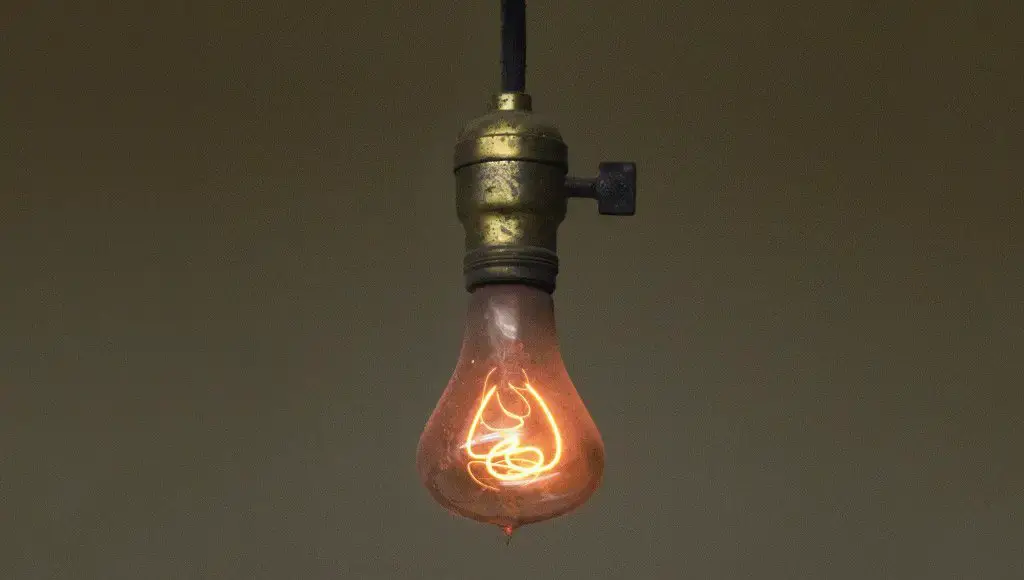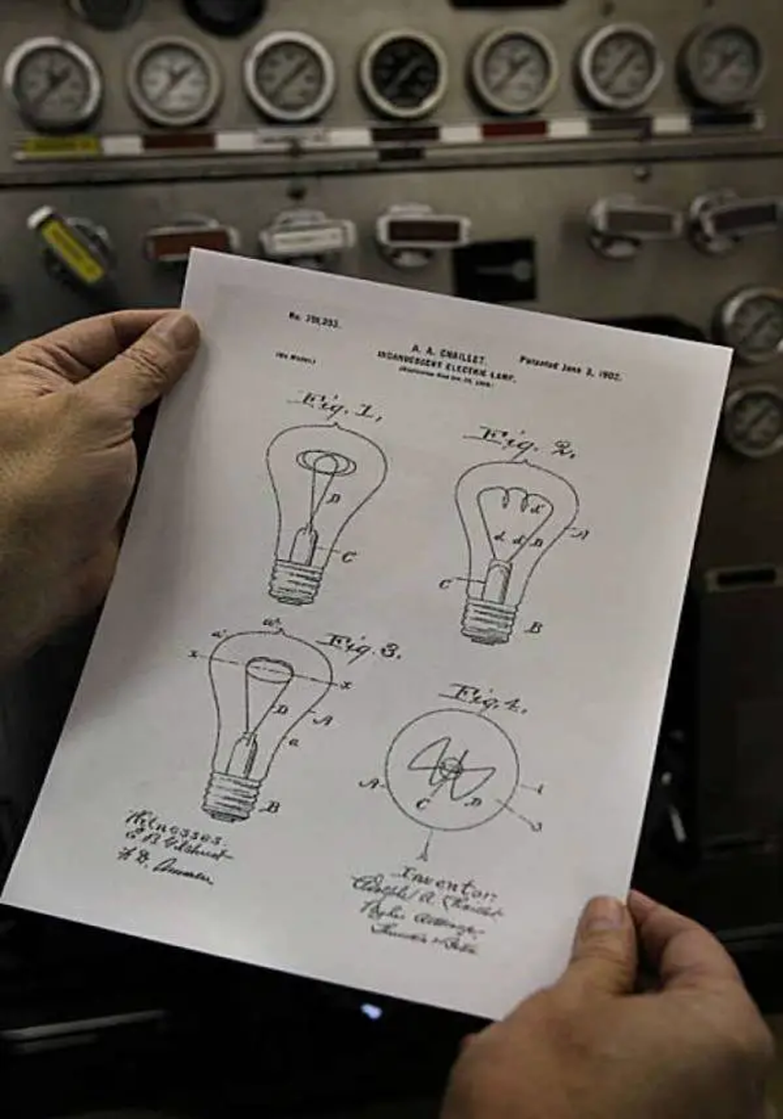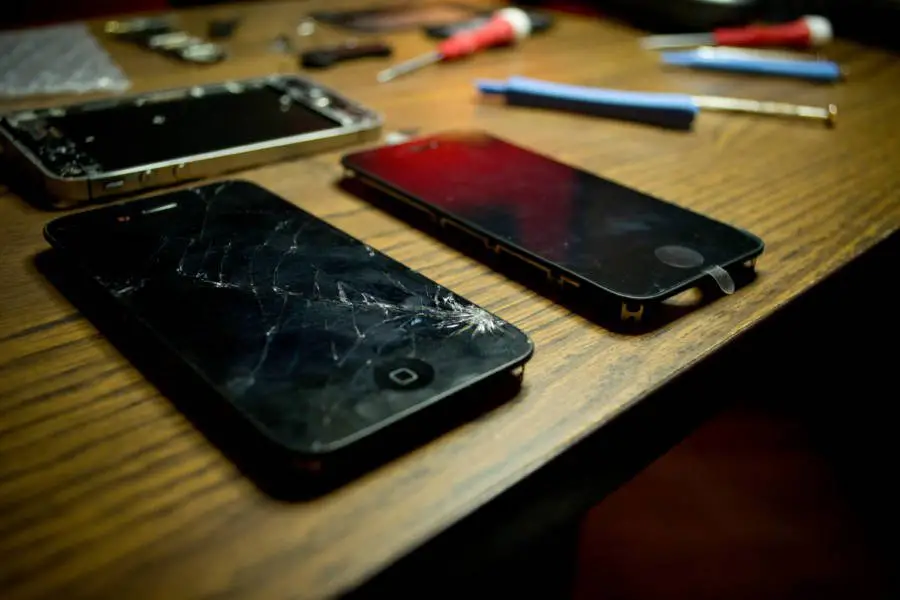The lamp that has been working for 118 years without stopping or damage

After more than a million hours of use and more than a century, this lamp stands to prove to us once again that man no longer makes things the way he used to, with the same quality and perfection.
In a completely unusual fire station in the city of Livermore, California, in the United States, there is an electric lamp that has been lit since it was first turned on in 1901. This “Centennial Lamp,” as it is known to everyone who has heard its story, is considered the longest working lamp. For the longest period in history, it has been lit continuously without stopping since 1901, with a short interval in 1976 when it was cut off from electricity for 22 minutes because the fire station in which it was located was moved to another headquarters.
Where did such an amazing lamp come from? How could he be able to work for so long without stopping?
This Centennial light bulb was first made in Shelby, Ohio, by the Shelby Electric Company sometime in the 1890s, and first arrived in Livermore when it was purchased in 1901 by Dennis Bernal. ) owner of the Livermore Power and Water Company, and when the latter sold his company in the same year, he donated this light bulb to a local fire station.
The lamp was then placed to illuminate a room containing the hose cars at the same station, before being relocated to a warehouse used by the fire department, then to the city hall, and finally, this light bulb found its way to what would become its final and permanent home. , which is known as Fire Station No. 6.

The centennial lamp is lit at Fire Station Six in Livermore, California.
There the lamp broadcast, where it became a local landmark and the pride of the city (Livermore), although the power of the lamp to absorb energy dimmed from 30 watts as it was at the beginning of its operation to a mere 4 watts, but it is still lit, for a period of more than 118 A year, and more than a million hours of use.
In achieving such a feat, the centennial light bulb was recognized as the “most durable light bulb” by the Guinness Book of World Records in 1972, and it now holds the record for being the “longest operating light bulb in history” by the same Encyclopedia.
Today it is possible to watch this lamp illuminating the room in a live and real broadcast via a digital camera on the lamp’s website — yes, dear reader, this light bulb has its own website.
What we know about the design of this Centennial light bulb:

Diagram of a light bulb
What's most remarkable about this light bulb and what makes it special is that it's completely unrecognizable. Although the researchers aren't entirely sure of the exact design of this centenary bulb—accurately inspecting it while it's on is an almost impossible task—they think it's no different. Much more than any of the lamps designed by Shelby at the time of designing this centenary lamp.
Also, although the very long life span of this lamp may be due to its unique design, all lamps from that era had the habit of operating for very long periods, periods that we might consider by today’s standards to be long and unusual.
This is because this centenary lamp was manufactured before lamp manufacturing companies set standards that limit the lifespan of lamps, in the 1920s. According to some researchers, in the 1920s, the largest lamp manufacturing companies at the time, namely Philips, Osram, and General Electric, met at a headquarters in Sweden in order to form the so-called “VIBOS,” a global conglomerate. With the formation of this conglomerate or (cartel), these lamp manufacturing companies limited the life and operation period of electric lamps and made it not exceed 1000 hours. Under the guise that this makes them more efficient and effective, strict laws have been put in place that punish all members of this cartel of companies that violate this agreement by increasing the number of hours during the life and operation of light bulbs.
In fact, lighting companies and lamp manufacturers created this 1,000-hour law because they had discovered that by shortening the life of light bulbs, they could generate more revenue by selling the same bulbs to the same customers over and over again, customers who would find themselves in need of bulbs. New every thousand hours of operation.

In this regard, Mr. Markus Krawski, a professor of media studies at the University of Basel in Switzerland, who had conducted much research on the Vibis bloc, said: “This was the clear and obvious goal that this cartel wanted to achieve by reducing the life span of the lamps in order to increase the volume of sales.”
While the Vibis conglomerate, which was dissolved a few years later, did not survive, the standards it established have survived to this day, including the “planned obsolescence” standard, according to which products are designed to have an artificially shortened lifespan. So that manufacturers can achieve greater sales.
This business model reached the peak of its popularity during the Great Depression, shortly after the cartel was formed, as a way to increase factory jobs by making products sell more quickly, but it did not take long for all major companies to adopt it. Production approx. Whether in the field of manufacturing lighting and lamps or otherwise, in order to increase its profits.
Nowadays, the practice of the “planned obsolescence” standard has become common, as many companies, especially technology companies, create programs or products that are very difficult to repair and are designed to break or become non-compliant with standards after a certain period of operation. This forces customers to replace their products more frequently than customers had to do in the past, and all this is just so that companies can achieve more profits.

Apple products, for example, are notorious for being very difficult to take apart or repair
Tim Cooper, a design professor who heads the sustainable consumption research group at Nottingham Trent University, believes that the only way to solve this dilemma is through government intervention to force companies to curb this tradition, and he also believes that minimum standards should be set for durability The ability to repair, as well as the ability to update products, in addition to reducing the rate of taxes on labor and raising taxes on energy consumption and raw materials may also be among the methods that will limit the practices of these abusive companies.
He also admitted that these measures proposed by him will cause a decrease in the growth of the economy in the short term, which may make politicians avoid following them because it will not show them the appearance of the heroes that they always like to appear on.
But until we implement radical changes like the ones mentioned above, we will mostly continue to purchase products that are specifically designed to wear out in a short period of time, and we will also continue to replace our lamps almost every year, despite the fact that one lamp made in the 1890s is still operating continuously without stopping until Today, unfortunately.
Source: Website: all that is interesting

